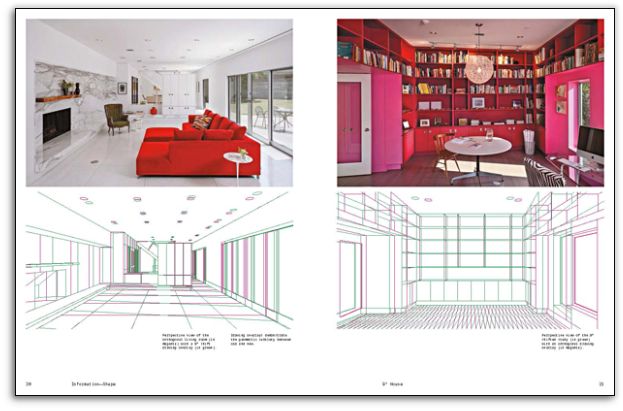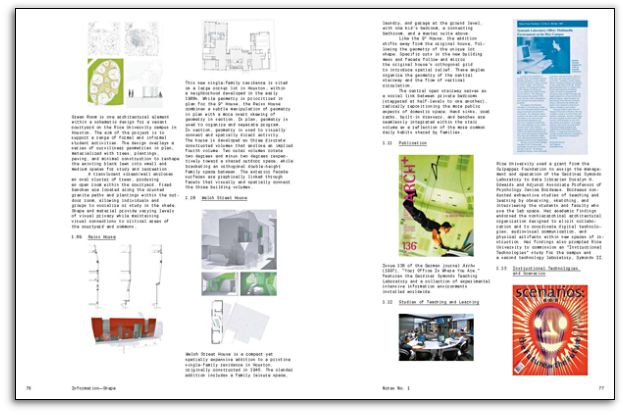System of Novelties
Dawn Finley and Mark Wamble, Interloop—Architecture
A unique hybrid of monograph and field guide, offering insights into the creative practice and design expertise of Houston-based Interloop—Architecture.
GVA Gemeinsame Verlagsauslieferung Göttingen
GmbH & Co. KG
P.O. Box 2021
37010 Göttingen
Germany
+49 551 384 200 0
info@gva-verlage.de
Houston-based Interloop—Architecture, founded in 2001 by Rice University School of Architecture professors Dawn Finley and Mark Wamble, focuses on innovative building technologies, inventive forms, and precise material finishes. Its wide-ranging projects include the design of custom furniture and fixtures, private residences, research complexes, and cultural institutions.
System of Novelties is the first book on Interloop—Architecture’s work. It combines elements of both monograph and field guide, placing the firm’s novel architectural designs within their broader context, with special attention to how influences, procedures, and techniques have been threaded from project to project over a period of two decades. A diverse collection of built and speculative designs are framed by three pairs of research topics: Information–Shape, Procedure–Assembly, and Material–Detail. Graphic notes trace and synthetically connect the systems—some unique, some recurring—used in and between projects. System of Novelties demonstrates the firm’s technical expertise with materials, manufacturing, and delivery processes and offers insights into innovative forms of contemporary architectural practice.








